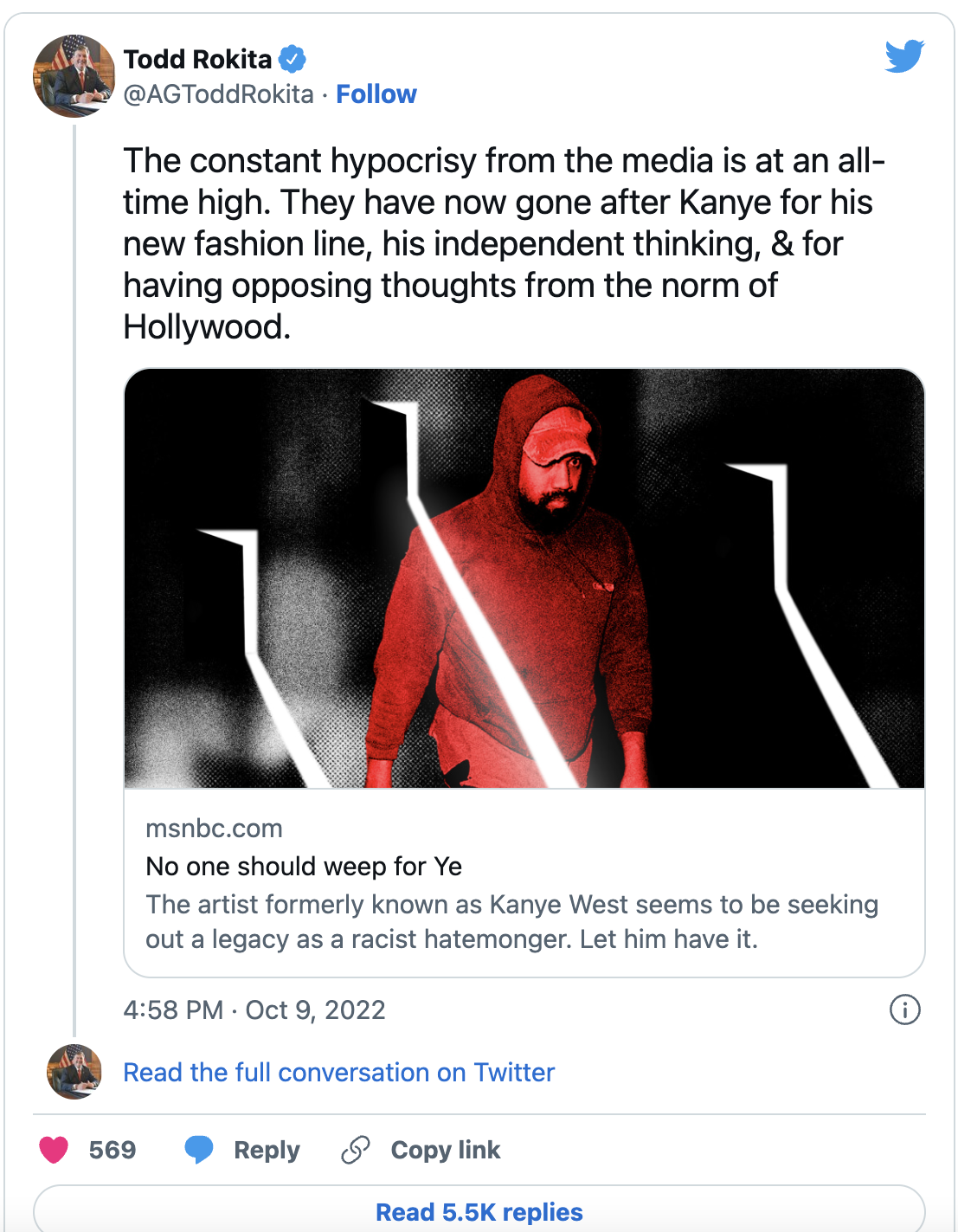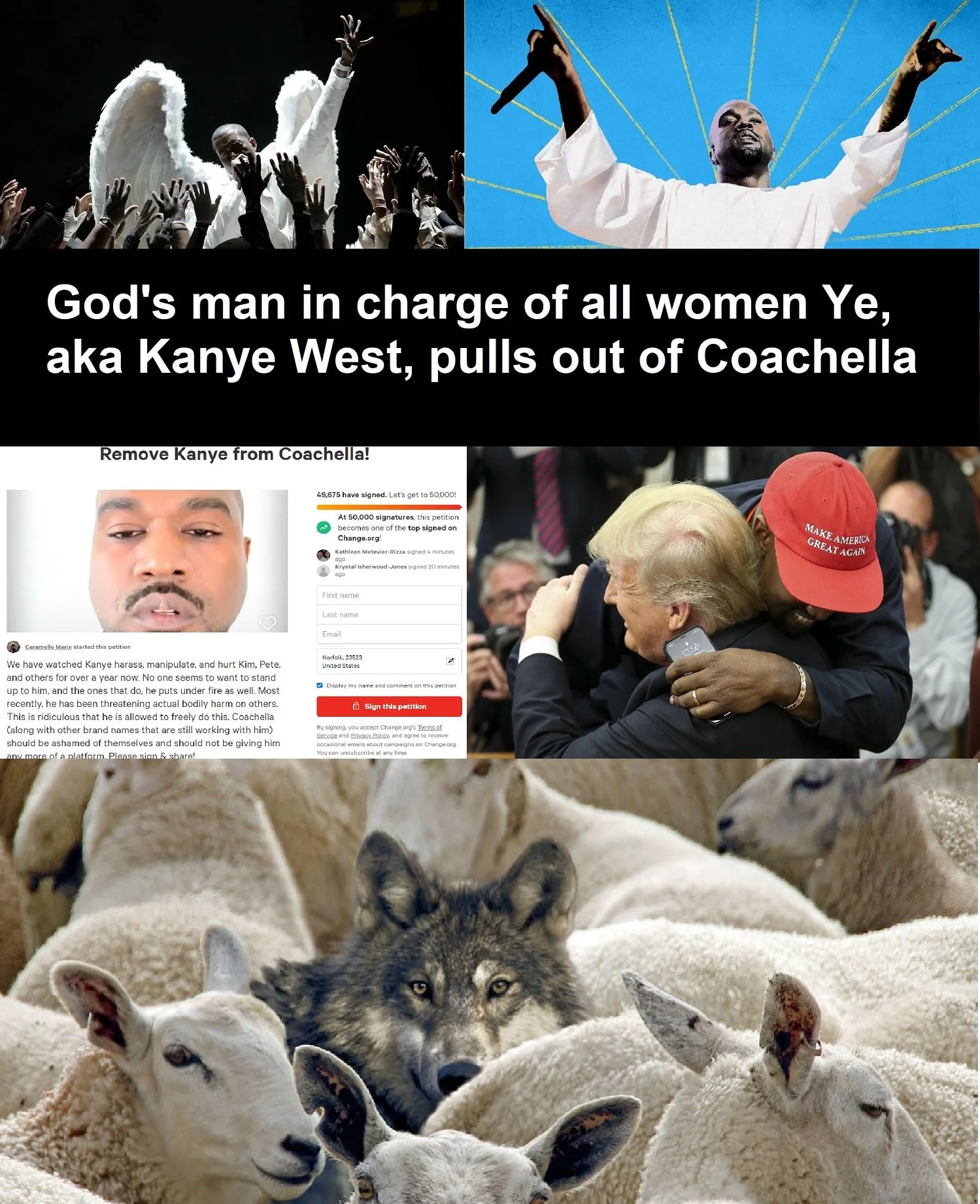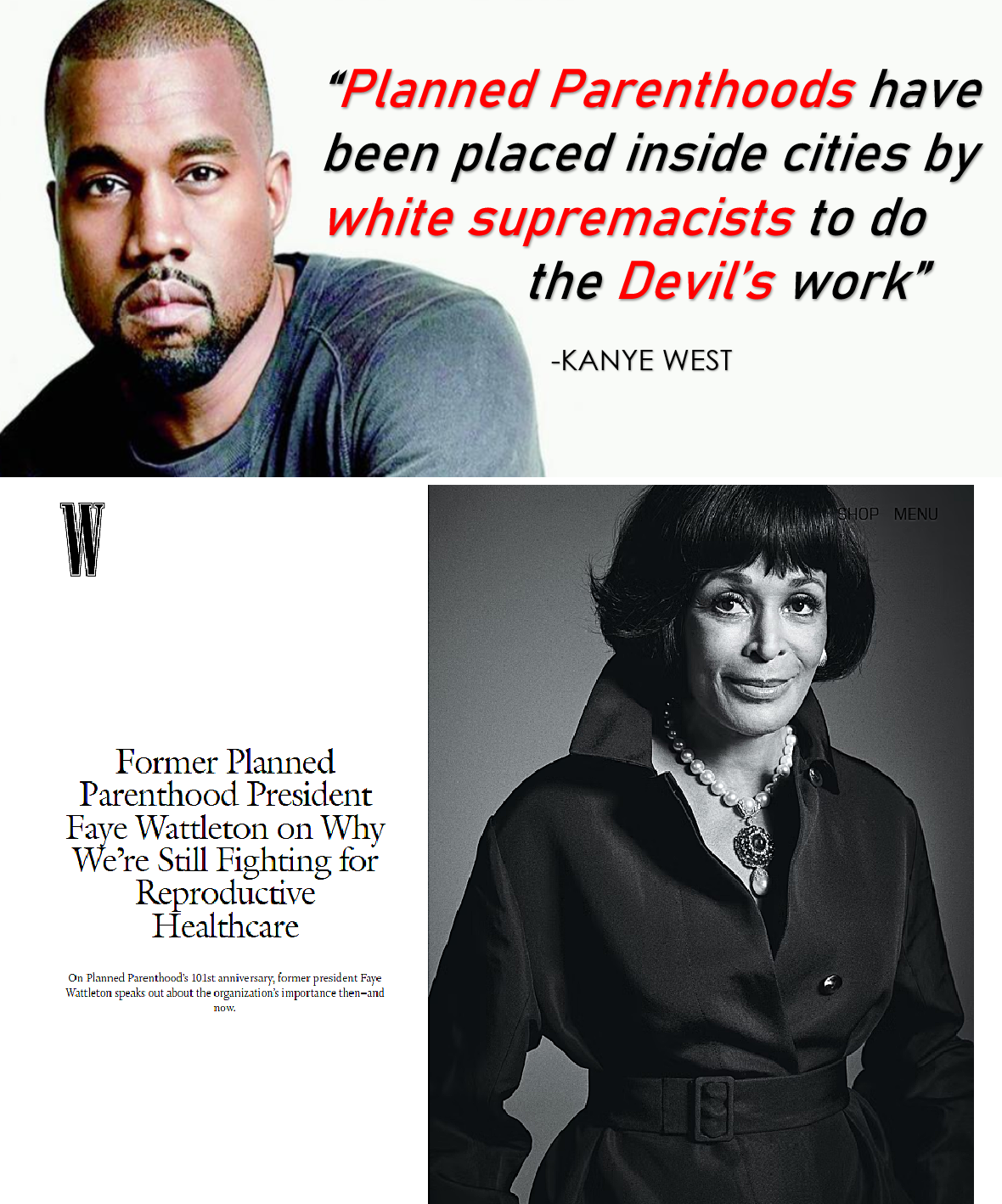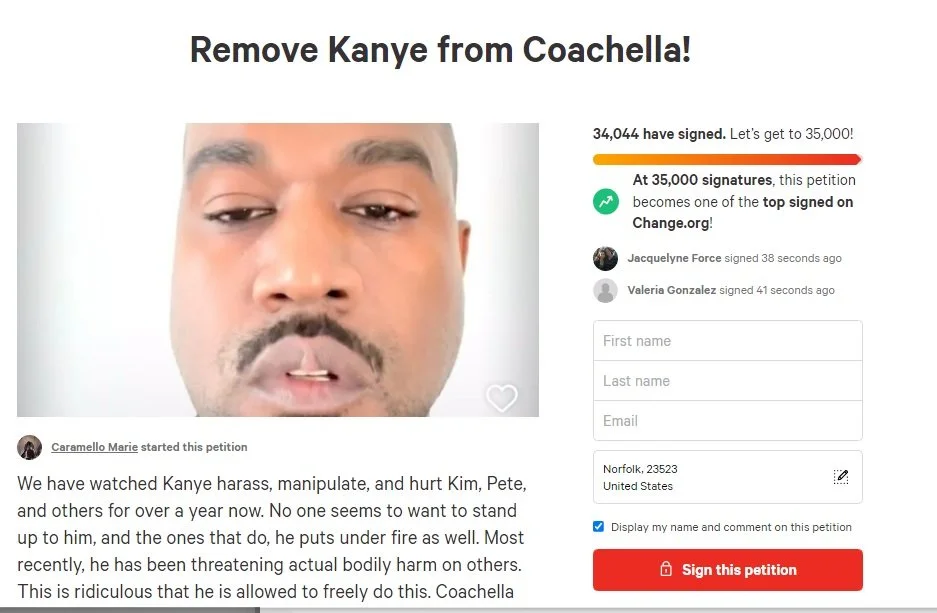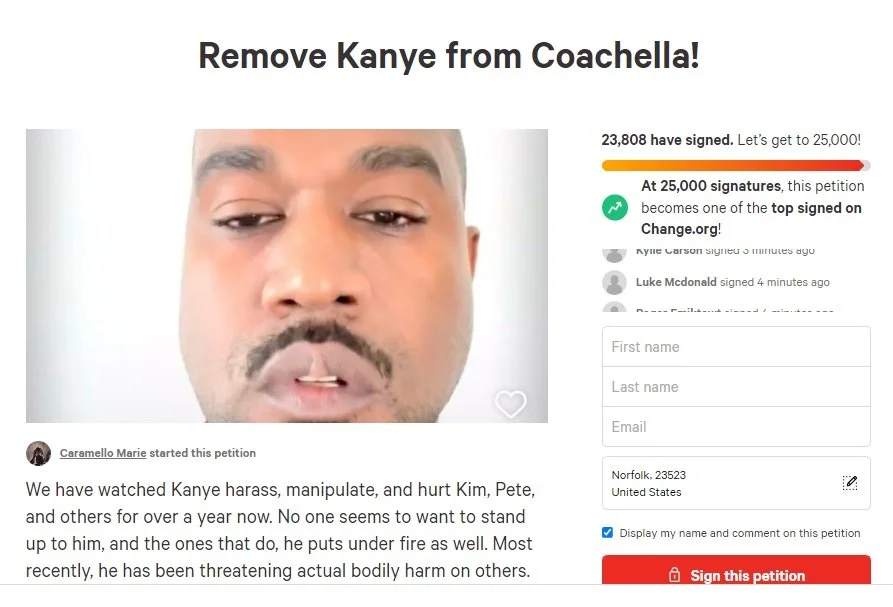Stacey Abrams Assures Us She'll Be America's President Before 2040
/Stacey Abrams made headlines Friday, saying she “absolutely” believed Americans would send a black women to the Oval Office in the next 20 years. The rising Democratic star with a 5-star supporter named Mike Bloomberg sat for an interview with Clare Malone of FiveThirtyEight.
“Do you think they’ll elect you?” Malone asked. “Yes. I do,” Abrams responded. “That’s my plan. And I’m very pragmatic.” Abrams was interviewed as part of FiveThirtyEight’s “When Women Run” project.
Stacey Abrams came to AOC’s attention in 2012 when as Minority Leader of the Georgia House of Representatives, Stacey led the charge against the “fetal pain bill”. The assault on women’s reproductive health led by the Republican Tea Party was particularly agregious in Georgia where Rep. Terry England (R-Auburn) compared pregnant women carrying stillborn fetuses to the cows and pigs on his farm. According to Rep. England and his warped thought process, if farmers have to “deliver calves, dead or alive,” then a woman carrying a dead fetus, or one not expected to survive, should have to carry it to term.
Mississippi-born, Yale grad Abrams arrived in the Georgia House in 2006, serving as minority leader from 2011 to until she left to run for governor in 2017. Note that Abrams continues to fight the erosion of women’s reproductive rights and declining maternal health in America.
After accepting defeat in the 2018 Georgia Governor’s race — an experience she explores in her TED Talk, Abrams turned her eye forward with plans to launch a national voter registration project called ‘Fair Fight’.
CBS News wrote in mid-January 2020 that Abrams reported raising more than $14.6 million in the last half of 2019. According to a report filed with the Georgia state ethics commission, a single $5 million donation came from Democratic presidential candidate Michael Bloomberg.
Bloomberg was the single largest contributor to Abrams’ 2018 governor’s run, donating about $500,000 to her campaign. He also worked with her earlier in 2014 on her New Georgia Project. Bloomberg appeared in Atlanta Friday, January 10 at an Abrams Fair Fight symposium.
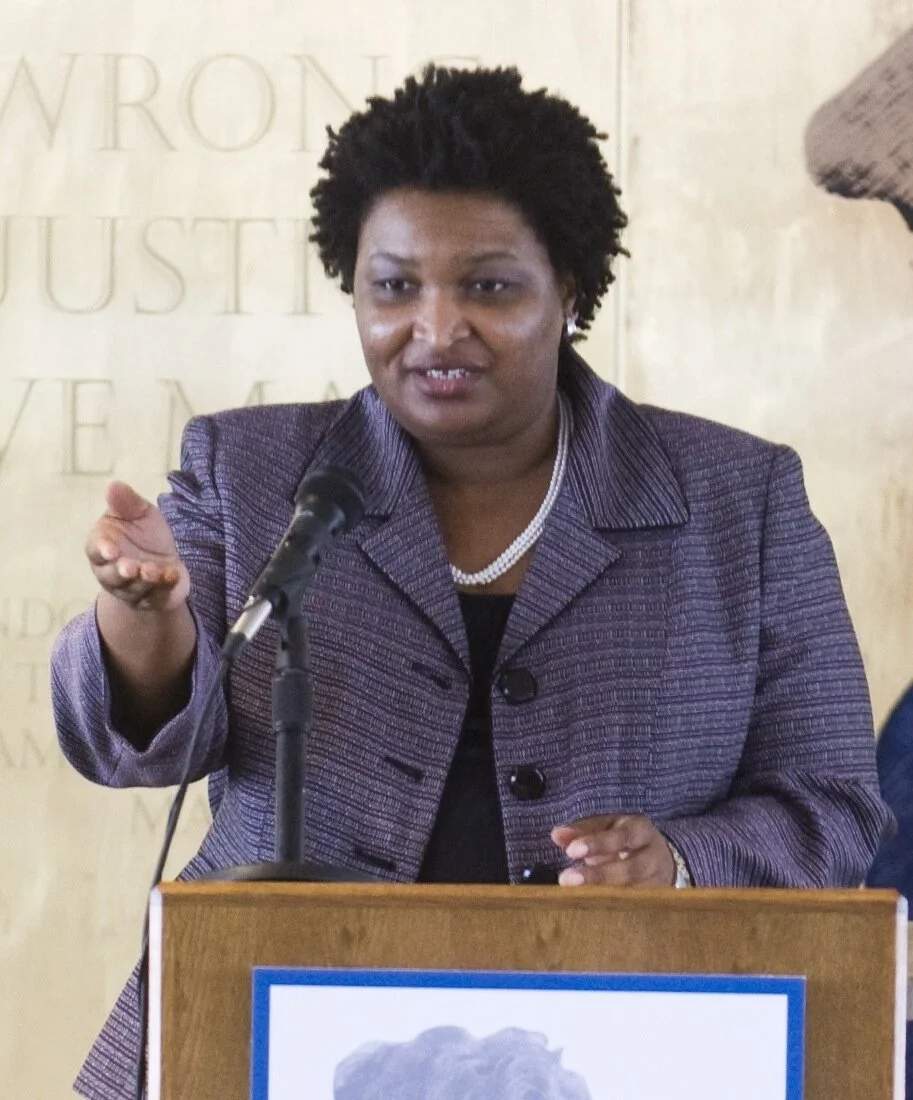

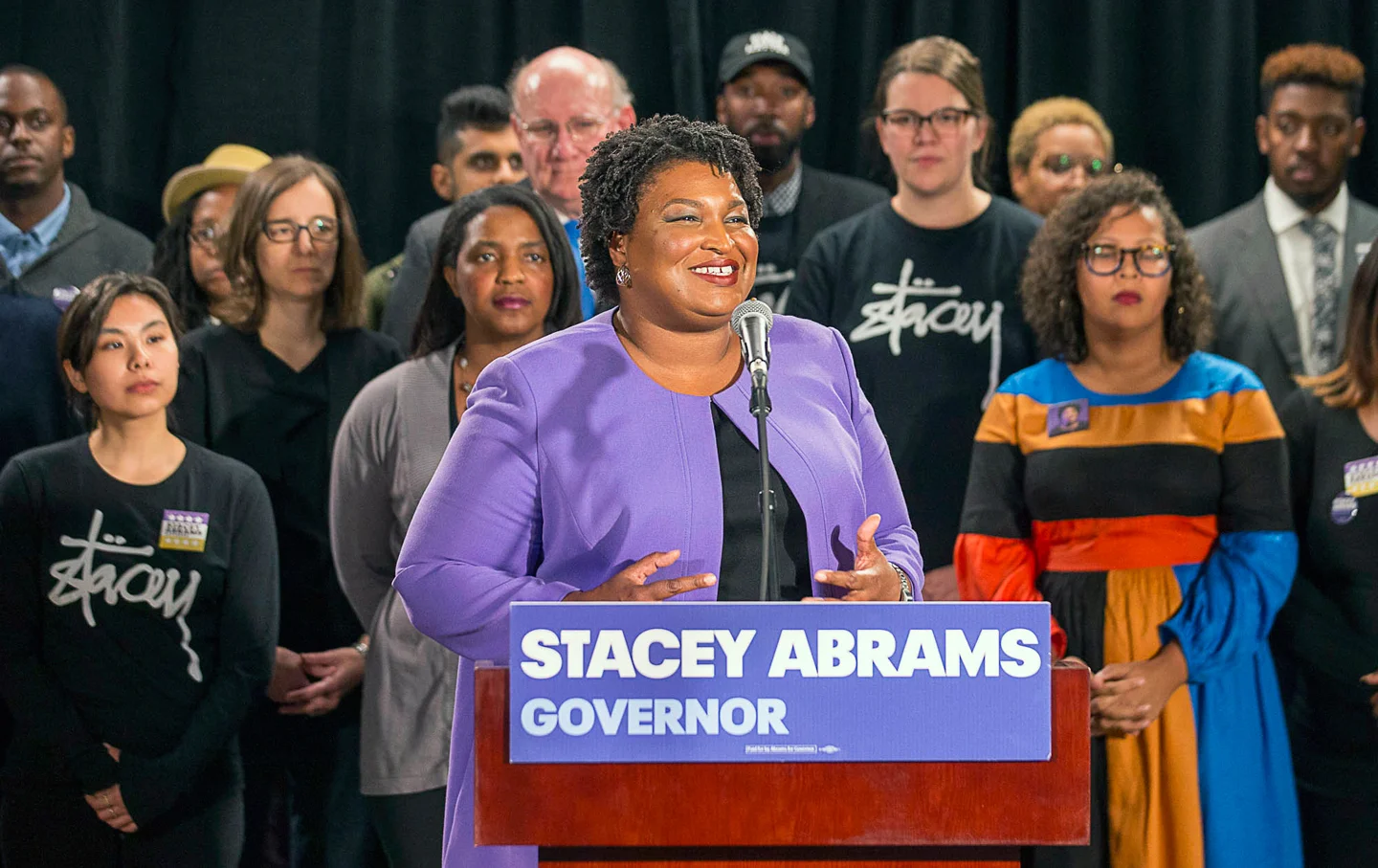










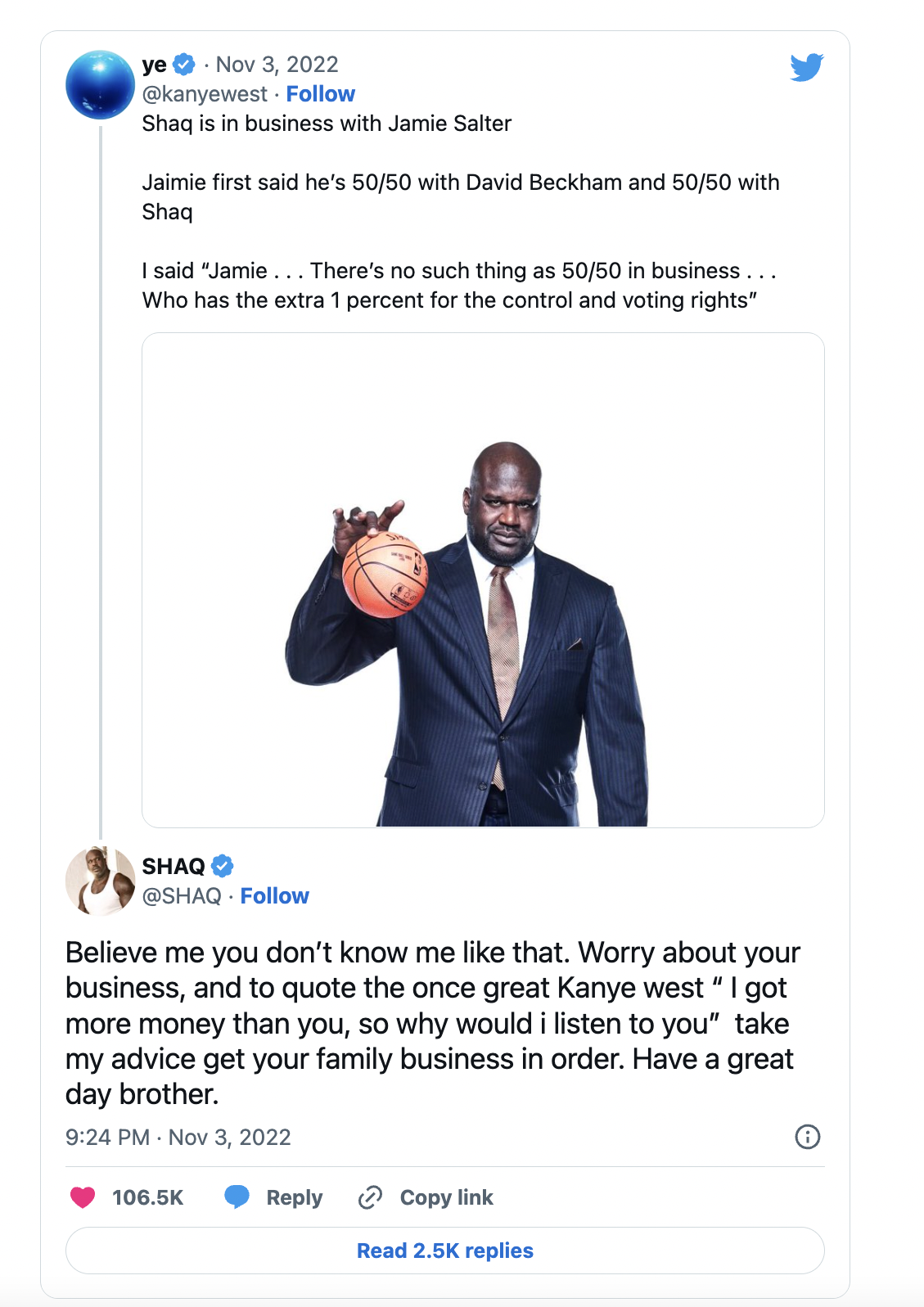










![Kanye West's [aka Ye] Refusal to Treat His Mental Illness Is No Excuse For His Anti-Semitism](https://images.squarespace-cdn.com/content/v1/55f45174e4b0fb5d95b07f39/1666238183530-4WVG9SNG88HTSKQ0WWDV/Is+Kanye-West-Running-Out-of-Platforms.png)
